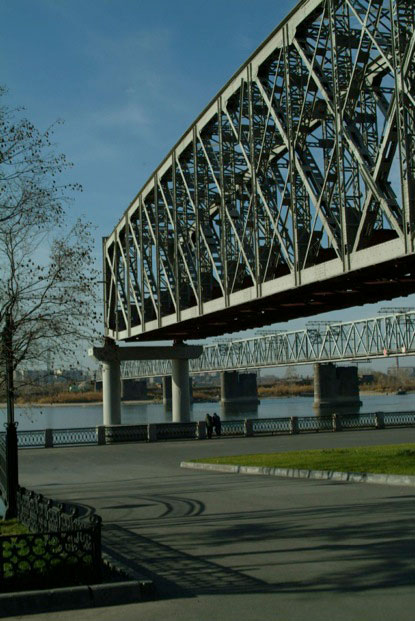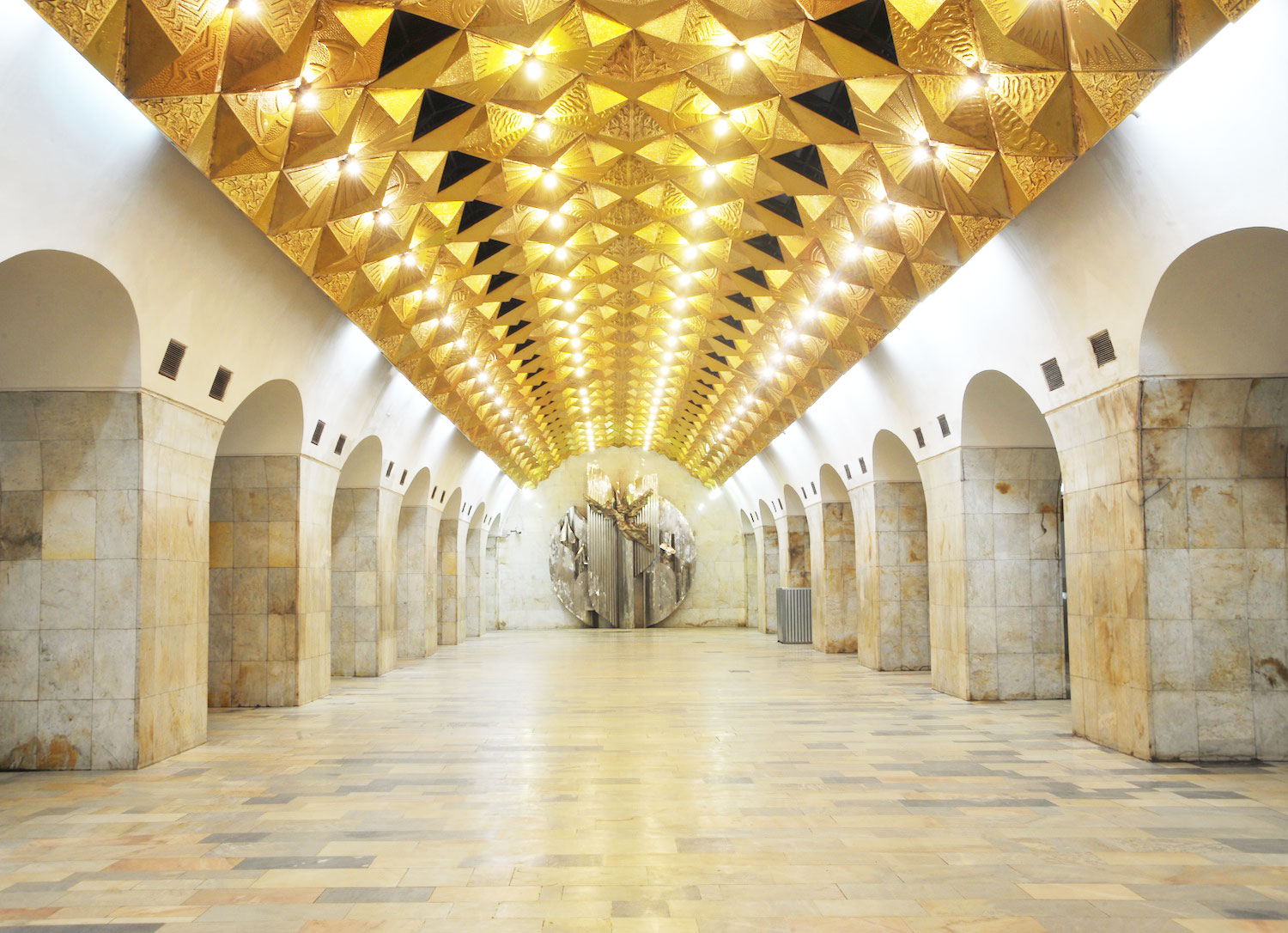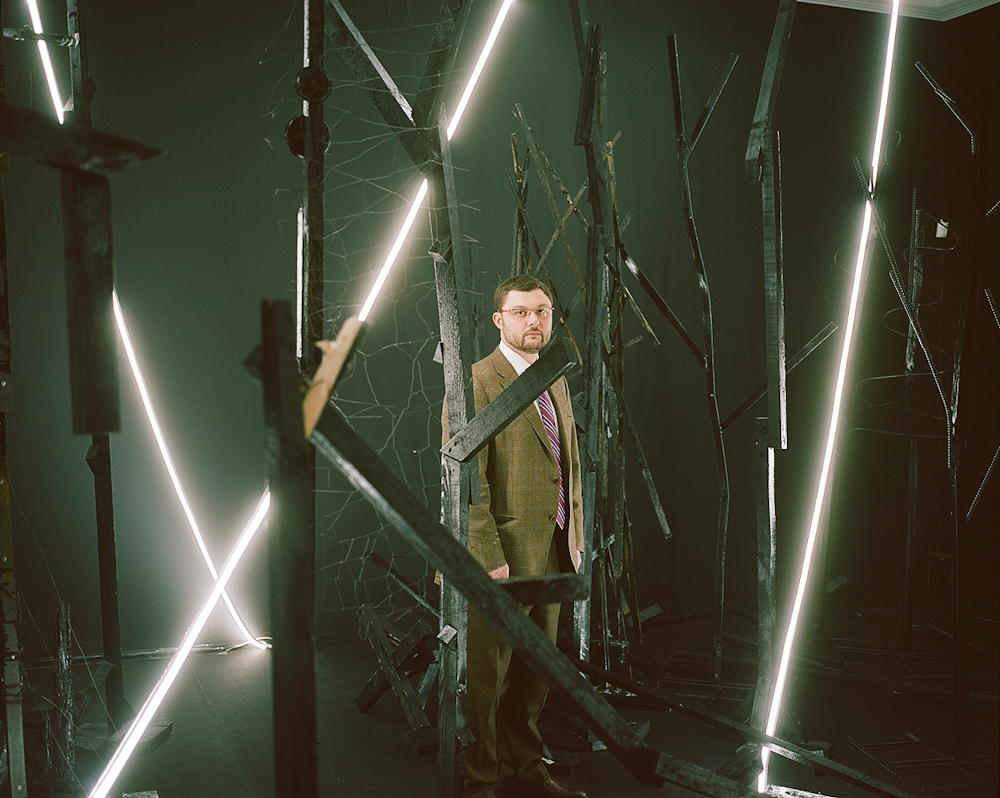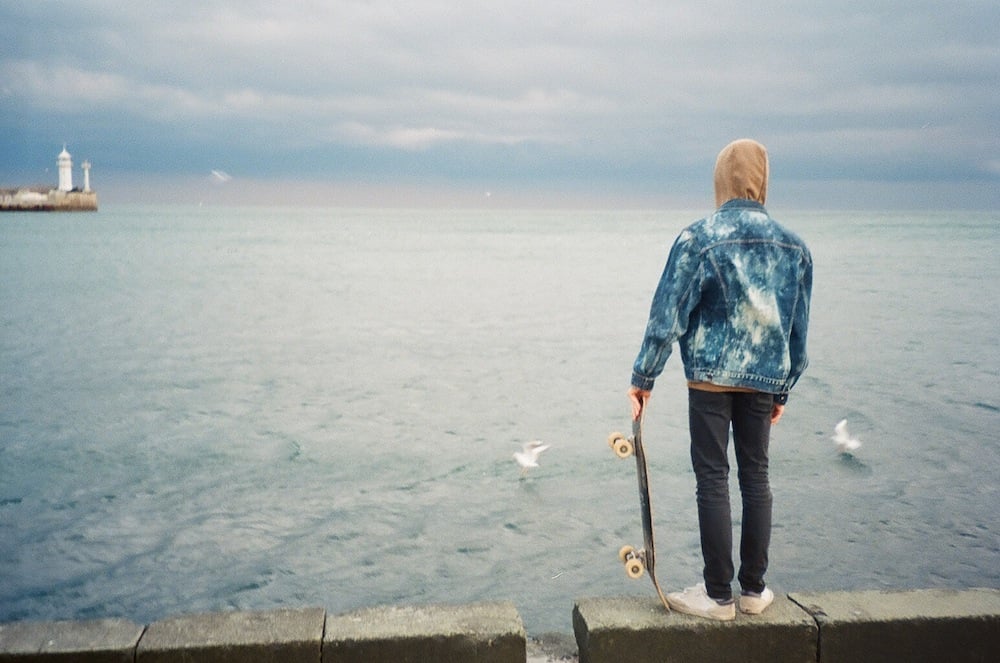Good, bad and ugly: the strange career of sculptor Zurab Tsereteli
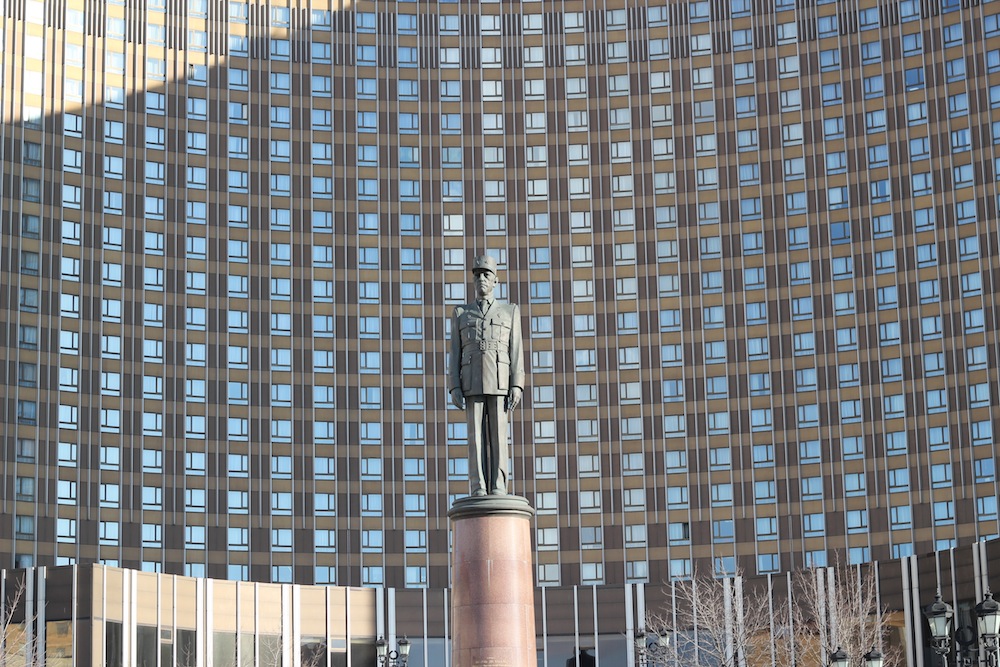
Zurab Tsereteli is now infamous for enormous and unloved public statuary. But, argues Owen Hatherley, the surreal creativity that informed his early work never quite went away
If you search one of the recent coffee-table books on the glories of Soviet modernist architecture — a rather unlikely subject until very recently — you can find a very unlikely figure therein. In Frédéric Chaubin’s CCCP, there is a double-page spread of the “Children’s Zone” in Adler, Sochi, built in 1973. The photograph shows a drained pool, where the paving is inset with little pieces of multicoloured mosaic in the manner of Gaudi, the whole thing surmounted by a strange red mosaic sculpture, a quasi-organic object undulating its way around the site. It must have been popular at the time — there is a postcard in my possession, picked up in Warsaw, of the structures — and the artist was awarded the Lenin Prize for it in 1976. No less a talent than the Mexican muralist David Alfaro Siqueiros thought the work “enters the boundless spaces of art of the future”. In CCCP, only a small piece of text nearby provides the credit: “Zurab Tsereteli designed the coloured ceramic pool of the children’s health resort in Adler”.
“so relentlessly absurd as to resemble an elaborate sots-art prank”
As always with these kinds of books, little is said here about the designer, or about his future career. A bit of searching almost always reveals that the architect behind some astonishing baroque-futurist edifice of the 1970s ended his career designing mock-Byzantine churches and mirrorglass-fibreglass office blocks in the 1990s and 2000s — so this silence has its uses. However, in the case of the Adler Children’s Zone, there’s another reason for the coyness. Everyone — even under-informed ostalgic westerners — who has the slightest interest in the contemporary Russian built environment knows who Zurab Tsereteli is. Or, to use a more appropriately guilt-defining term, they know what he’s done. Tsereteli has come a very long way from abstract sculptures around the edges of swimming pools. He was born into a well-connected Georgian family in 1934 and went to France to study in 1964, where he met Picasso and Chagall, whom he cites as an inspiration. He started working in monumental scuplture in the late 1960s, but did not become ubiquitous until the 1990s. His notoriously close relationship with former Moscow mayor Yuri Luzhkov and his evident talent for politicking meant that Moscow and many other cities are littered with the productions of his studio — the most obvious and notorious of which is the Peter the Great memorial on the river Moskva. It all begs the question as to whether Tsereteli’s furiously kitsch later work has any traces of this earlier non-figurative modernism. At times, his later work almost seemed to court mockery; it was so relentlessly absurd as to begin to resemble an elaborate sots-art prank. If so, it has been a very lucrative one: as president of the Russian Academy of Arts, Tsereteli has been able to enforce his tastes.
“a muscle-bound worker with cheekbones so sharp you could cut yourself”
By 1990, the year he received the by then almost anachronistic title Hero of Socialist Labour, Tsereteli was so favoured a court artist that he was already erecting his sculptures abroad. In London that year one of his sculptures was unveiled on Cannon Street, the pithily named Break the Wall of Distrust. It’s a very typical piece of late Soviet kitsch — a muscle-bound worker with cheekbones so sharp you could cut yourself on them breaking out of some rubble, framed by an incongruous little collection of angels where workers and peasants would once have been. That was only the first of his works to be exported, well before his Tear of Grief (officially entitled To the Struggle against World Terrorism) was donated to New York in memory of 9/11. As an example of unabashed Sovietism placed into one of the world’s most powerful and malevolent financial districts, Break the Wall of Distrust suggests the creation of an aesthetic which combines the impulses of neoliberalism and Stalinism. In fact, that’s exactly what his later work goes on to do. Massive, expensive, blinging, nationalistic, atavistic, overwhelmingly dominating, barely literate as pieces of townscape — all the worst things about the contemporary Russian landscape come together in Tsereteli’s works.
Their authoritarianism, however, often verges on the comic. Take his monument to Charles de Gaulle, placed exactly on axis in the middle of the approach to the Hotel Cosmos, where the General appears gaunt and uncomfortable atop his cylindrical plinth, with the glass curtain wall sweeping all around him. Yet the work which best shows the sheer surrealism of Tsereteli’s work is surely the monument to Peter the Great.
“utterly unique and fearless as much as utterly idiotic and vacuous”
It is serendipitously placed near Muzeon, a sculpture garden full of decomissioned Soviet monuments (itself a rather absurd thing in a city where Lenins and hammer and sickles still wait on every other street corner) so that the commonality between this and the earlier monumental style can obviously be seen. The clearest similarity is that the work doesn’t so much sit between sculpture and architecture as between sculpture and heavy engineering. The sheer practicalities of erecting this extraordinary thing onto an artificial island must have been formidable. It is utterly unique and fearless as much as it is utterly idiotic and vacuous. And interestingly, its awfulness appears to be too much even for Moscow — since Luzhkov was deposed, there have been attempts to relocate it, including to St Petersburg, who were unsurprisingly not interested. Were it not so tall, it could easily be shoved into the memorial graveyard alongside. Except it already looks like it belongs there, part of a riverside strip of follies, an open air demonstration of the idiocy and philistinism of power. For that, if nothing else, it ought to stay. What is sad, however, is that maybe once, sometime in the 1970s, its author might have envisaged a different kind of public monument, one that isn’t grandiosely dedicated to nation, power or money — the “art of the future” that Siqueiros once saw in him.
